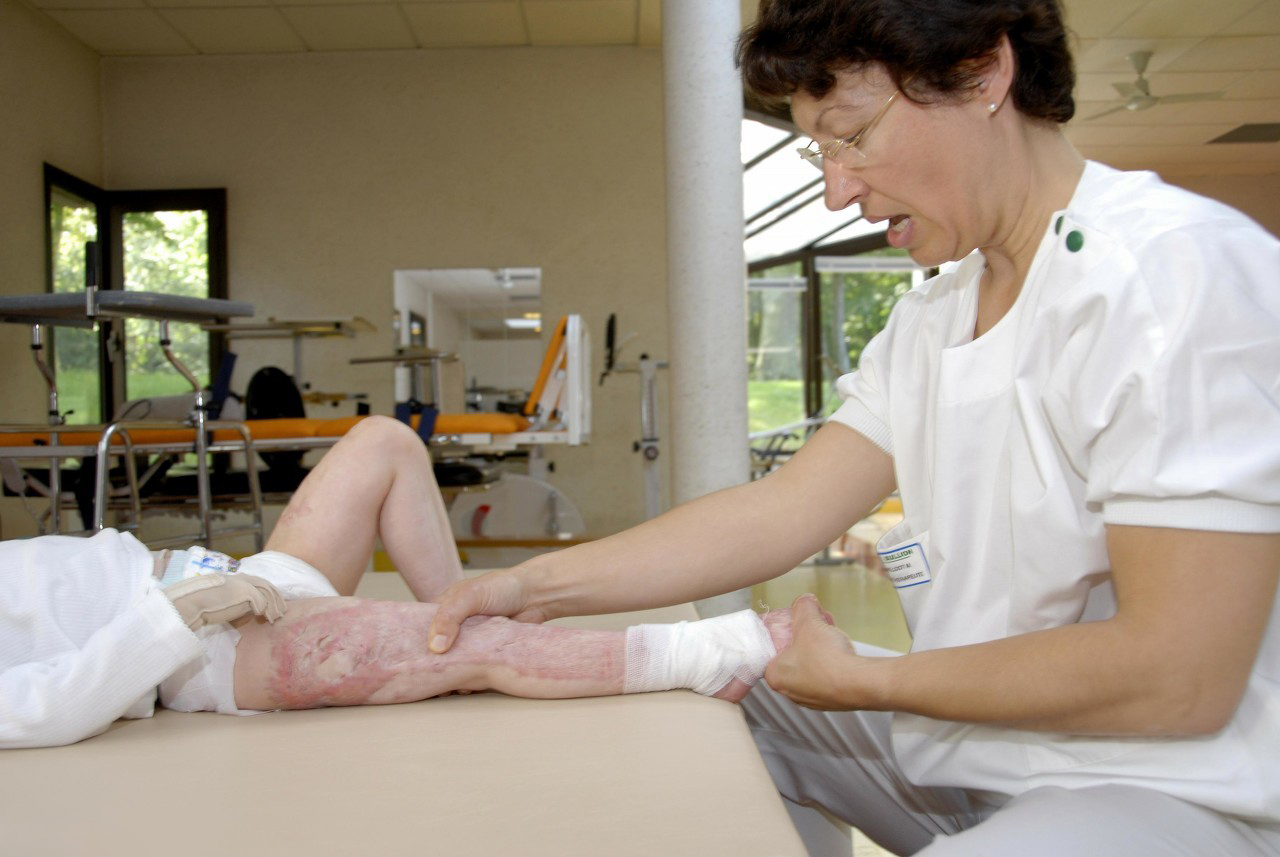
rehabilitation treatment of children's hand burns
[Children's rehabilitation] rehabilitation treatment of children's hand burns
Burns are common and frequently-occurring in children's trauma and are one of the main causes of accidental injuries in children. Scar hyperplasia after burn can lead to tissue contracture and joint deformity. Because children grow faster, deformities are more likely to form.
There are many small joints in the hand, which are more likely to cause scar contracture. The hand is an important functional organ, and most of the fine movements in life are completed, so the restoration of hand function is particularly important. Because children's keratinized layer is not developed, the skin structure is thin, and the muscle strength of the hand is weak. The damage of children with the same degree of burn is often more serious than that of adults. Therefore, the contracture and deformity formed by children after burns are more serious than adults. After deep scar formation, it does not prolong with the growth of bones and joints, thereby limiting joint activity; it may also cause severe deformity of bones and joints, seriously affecting hand function.
The incidence of scars after burns and trauma is increasing, and the treatment period is long and the treatment is difficult. In order to prevent hand dysfunction caused by scar contracture, rehabilitation should be carried out as soon as possible.
Hand rehabilitation includes:
One spa:
Guide young children to carry out active hand movements in the water, such as grasping, holding, pointing and so on. During the spa process, the toy can be used to induce the child to complete the hand function exercise.
Second exercise therapy:
Active exercise can be used in the early stages of the vital signs of burn patients. Passive exercise, for dysfunction such as limited joint activity by the therapist or parent by hand (children do not cooperate, poor pain tolerance). During the course of treatment, the combination of active and passive movements induces the participation of children while treating, which sparks their interest.
3. Orthosis treatment:
Prevent joint contracture and deformity. Scar hyperplasia after burn can lead to tissue contracture and joint deformity, using a brace or orthosis to fix the contracture tissue and correct joint deformity.
4. Pressure therapy:
Commonly used pressure therapy measures include elastic bandages, pressure gloves, and the like. Children's skin is thin, easy to break, should pay attention to tightness, comfort (lined gauze, etc.). Stress therapy generally lasts for a long time and generally lasts 6-12 months.
5. Operational therapy:
The combination of treatment and games gradually improves the hand function of the child.
6. Out-of-hospital and family rehabilitation:
After the child is discharged from the hospital, regular outpatient visits should be reviewed to enable medical staff to keep abreast of the recovery of the children so that the treatment and rehabilitation training programs can be adjusted in time. Introduce parents to the services and resources available in the community, as well as a variety of children's toys, so that they can make good use of resources and strive for more rehabilitation opportunities for children.
进口疤痕修复贴_韩国Scar Clinic疤痕贴_可丽尼疤痕专家_400-666-4995



